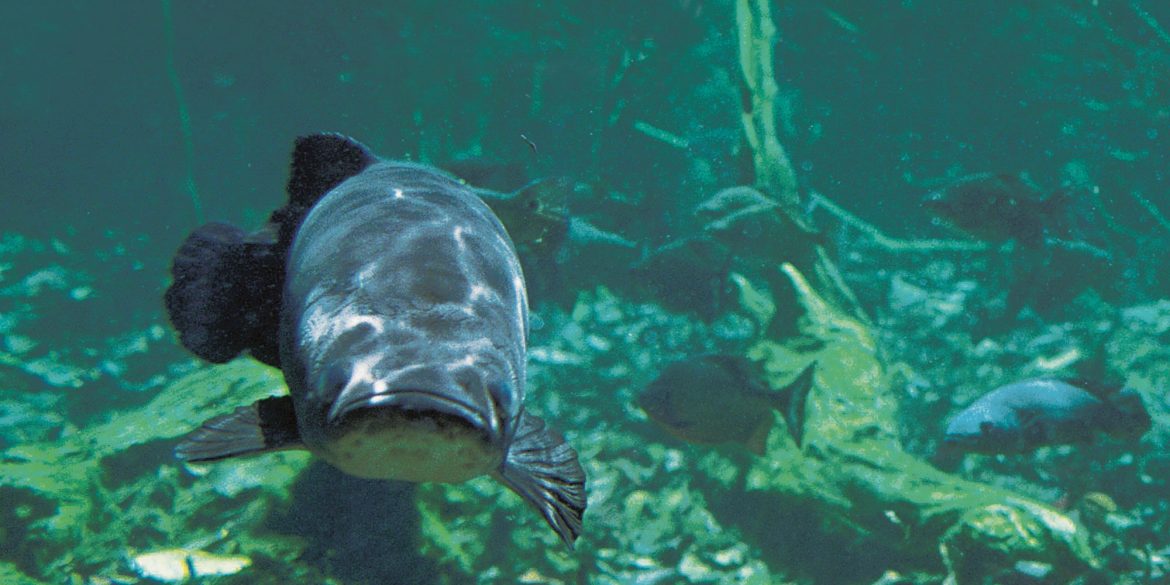
Length Category: Large (>100 cm)
Trophic Level: Predator-fish
Migratory Pattern: Local (<100 km)
Spawning Period: Low + Rising
Export Market: International (outside South America)
Market Status: First class
Catch Distribution:
Pirarucu potential yield was estimated to be approximately 1,800 tons. Three important fishery regions accounted for 93% of its potential yield: Peruvian Amazon (40%), Brazilian-Colombian-Peruvian Border (33%) and Central Amazon (28%).
Natural History Notes:
Four or five species of Arapaima are now recognized. Pirarucus are one of the two largest fish groups (genera) in the Amazon Basin. They reach at least 3 meters in length and 150 kg. The pirarucu is an air-breather and its highly modified swim bladder serves as a type of lung. Under normal circumstances the pirarucu surfaces every 20 minutes or so to breathe but can stay under much longer than this. Its surfacing behavior makes it vulnerable to harpoon fishermen. Pirarucu were probably the most important predators in floodplain lakes of the Central and Western Amazon, but populations have now been greatly reduced if not eliminated in many areas.

Distribution of pirarucu catch. Source: Barthem, R., Goulding, M. 2007. An unexpected ecosystem: the Amazon as revealed by fisheries. Missouri Botanical Garden Press.
Gallery pirarucu or paiche
-

MichaelGoulding_13860-1001-1024×706
Arapaima gigas
-

MichaelGoulding_11488-1001-1024×673
Arapaima gigas
| Brazil | |
| Pirarucu | Arapaima spp. |
| Bodeco | Arapaima spp. |
| Colombia | |
| Paiche | Arapaima spp. |
| Pirarucu | Arapaima spp. |
| Ecuador | |
| Paiche | Arapaima spp. |
| Peru | |
| Paiche | Arapaima spp. |

